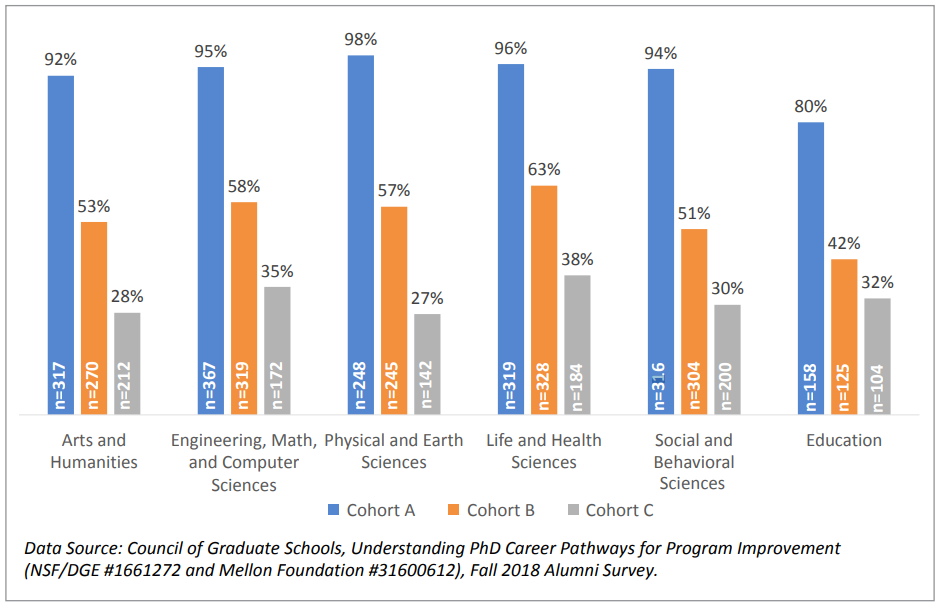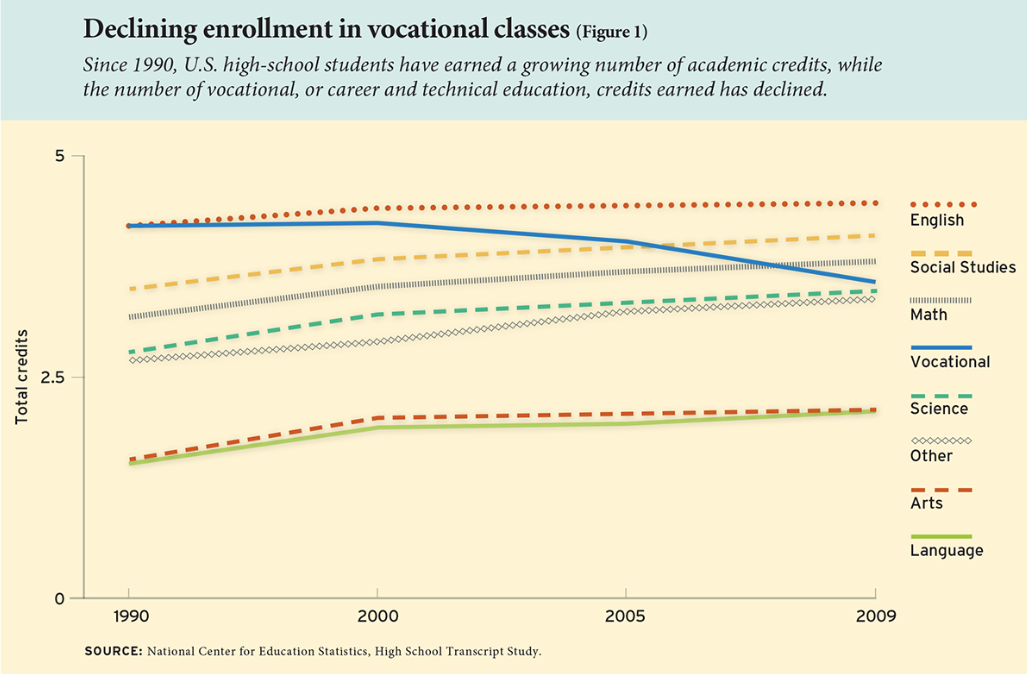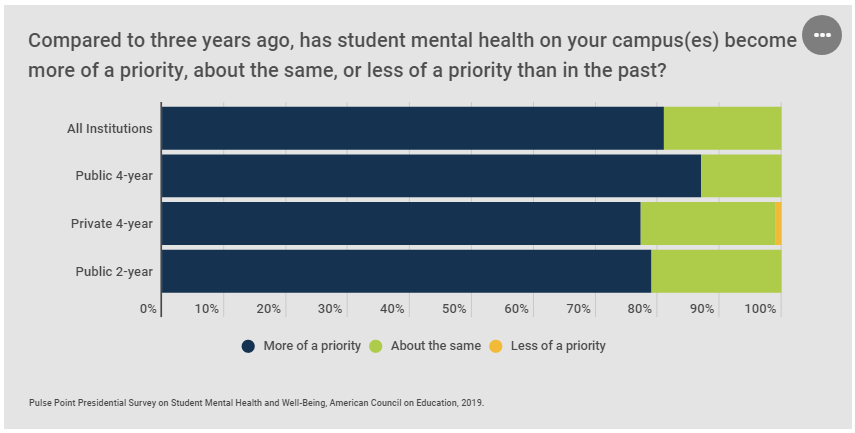Commentary
I hope everyone is off to a good fall start. It has been a busy summer for me collecting data on the career profiles of chief admission officers, freshman admission processes, transcript practices and prior learning assessment policy and practice. I have
not attempted to gather this magnitude of data in such a narrow window before now. I am fully cognizant that our research would not be possible were it not for your ongoing participation and I want to thank you for taking your time to help.
Please do not hesitate to contact me with any comments, ideas or concerns about AACRAO’s research initiatives.
AACRAO Research Update
The Applicant to Admit report was shared with members on August 20th. Key findings include:
- The use of technology, or lack thereof, is the most referenced challenge to admission operations.
- At 62% of institutions, prospects can only apply for admission online.
- Most freshmen are admitted to the institution and their program/major through a central office of admission, in contrast to a specific academic department.
- Paper is still a prevalent method for the submission of required application materials.
- Nearly one-fifth of admission offices measure and consider a prospect’s demonstrated interest as part of the admission process.
The Chief Admission Officer Career Profile report was released a couple of weeks ago. From the data we concluded that a typical CAO:
- is nearly equally likely to identify as man or woman
- identifies as non-Hispanic, white
- is at least 30 years old with a median age of 40 to 44 years old
- holds a master’s degree
- has been in higher education his/her entire career to-date
- has been in their current CAO position less than five years
- reports to a vice president or equivalent position
- came to their current CAO position from another admissions related position in the same institution
- travels for work more than 20 business days a year
- has an average work week equal to, or more than, 50 hours
- serves on a wide variety of committees
- has more than five direct reports
The AACRAO/WICHE survey of the recognition of prior learning is currently deployed and the window for completion has been extended to late September. It occurred to us that we need to give registrars more time to respond since it is a peak busy time for
fall registration.
The 60-Second Surveys will resume in September and the focus on electronic transcript use. This survey will update data from 2011, 2014, and 2017. The AACRAO SPEEDE Committee also plans to use this data for a College and University
article on the same topic and to help understand the barriers for implementation in order to develop recommendations to expand the use of electronic education records in the secondary and postsecondary education community.
Current Higher Education Research and Related Topics
Availability of AP, IB, and Dual-Enrollment Programs Examined
A new online report from the National Center for Education Statistics (NCES) on Advanced
Placement (AP), International Baccalaureate (IB), and dual-enrollment courses for high school students provides up-to-date national statistics on their availability. AACRAO produced a similar report in 2017.
Key points from the NCES report include:
- Nearly all students (99.7%) in ninth grade during 2009 attended a school that offered AP courses, IB courses, or a dual-enrollment program.
- The average number of AP and IB courses offered by public high schools was 12.1, compared to charter and special-programs schools whose average was 16.5.
- Fewer than half (46.3%) earned any high school credits in AP, IB, or dual-enrollment courses.
New Data On The Early Careers Of Graduates From Six Common Degree Programs
New data from EMSI examines the early careers of graduates in six common academic programs:
- Business
- Communications
- Engineering
- Information Technology
- Languages and philosophy
- Social sciences
While some career paths were more predictable, such as 20% of engineering graduates working in engineering in their first job, others were less predictable. Most graduates worked both in and out of their fields of study during their first three jobs.
The article makes the case that this data indicates the value of work-based learning. The report itself has excellent graphical representations of the career paths of graduates.
A New Research Brief From The Council Of Graduate Schools Examines Ph.D. Career Paths
The brief examines job transitions in Ph.D. graduates at a variety of career points. Key findings include:
- The most recent graduates switched jobs at the highest rate, with almost 90% changing jobs in their first three years of employment.
- Graduates that were eight and 15 years into their careers changed positions at a much lower rate.
- Graduates tended to stay in the same career sector when they changed positions.

Webinar Available To Help Increase Student Response To Surveys
Survey MonkeyⓇ and Madison Area Technical College are offering an hour-long prerecorded webinar on strategies to increase student response rates on course feedback surveys. The webinar focuses on survey design, accessibility, incentives for responders, and other tips.
New Report Looks At The Value Of High School Career And Technical Education
Newly published research looks at the difference in wages for students who took career and technical education (STE)
courses in high school. It found that those students attended college at nearly the same rate as those who focused on academic courses, and were equally successful. Other key findings include:
- The number of students taking STE courses continues to decline (see figure below)
- Taking advanced CTE courses was associated with lower college enrollment rates, but did not lower completion rates.
- CTE focused students tend to make higher wages early in their career.
- The largest wage premiums go to students who complete an industry-recognized credential.

Research On Short-term Programs Indicates That More Data Is Needed to Assess Quality
The movement to expand Pell grant eligibility to programs shorter than the current 16 credit hour or 600 clock-hour spurred this new research. The authors analyzed data on short-term programs in three states—Texas, Missouri, and Iowa. The research found that these
programs are extremely diverse in their length, focus, and value to students. The essential conclusion is that there is a need for much greater data on these types of programs to effectively assess their quality.
Interactive Map Highlights School-Funding Inequities
An interactive map entitled “Dismissed”
allows the user to graphically compare sets of neighboring school districts that have high racial divides and funding disparities. Data comparison points for each district include:
- Number of students
- Revenue per student
- Percentage of non-white students
- The poverty rate among students
Working Paper Examines College Math Remediation Program In Tennessee
States are using a variety of strategies to address poor math preparation in incoming students. In Tennessee, allowing students to complete remediation while still in high school is being tested. This
research examines that remediation program’s impact on college enrollment, credits, and mathematics achievement. The report finds no improvement in math achievement or college math pass rates, and calls for a rethinking of remediation efforts.
New ACE survey on College Presidents’ Approach To Student Mental Health Crisis
How colleges are responding to increased concerns about the mental health of college students is examined in a new survey of more than 400 college presidents conducted by the American Council on Education. Key points include:
- Overall attention to student’s mental health has greatly increased
- Most institutions are allocating more resources to this issue
- Anxiety and depression were the most common concerns noted
- 92% of college presidents relied on student affairs vice presidents or deans to address these issues
